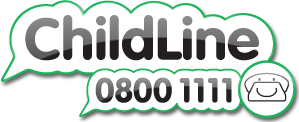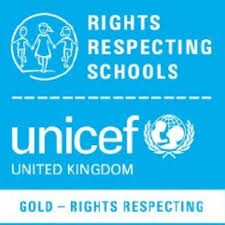Reading and Phonics
Phonics
Children experience phonics teaching on a daily basis in small groups in Classes One and Two. This allows adults to really personalise learning for the children and promote accelerated learning.
We use Read Write Inc phonics scheme. Please look at the tab to the left for more information.
Reading
Children are taught to read through a range of approaches including daily phonics teaching for Key Stage One (and those who may need support in Key Stage Two), whole-class guided reading sessions and access to high quality texts across the curriculum.
In Key Stage One children experience a range of books from the Big Cat Collins Reading Scheme to broaden their vocabulary and knowledge of different types of texts.
In Key Stage Two children are also asked to complete the Big Cat Collins Reading Scheme but also we encourage children to take ownership of choosing their own reading book to share and read with their parents at home. Children are then expected to write a short comment about what they have read in their reading diaries.
We have created a book list with information about each band which can be downloaded below. On the class pages, there are recommendations of books for each year group.



